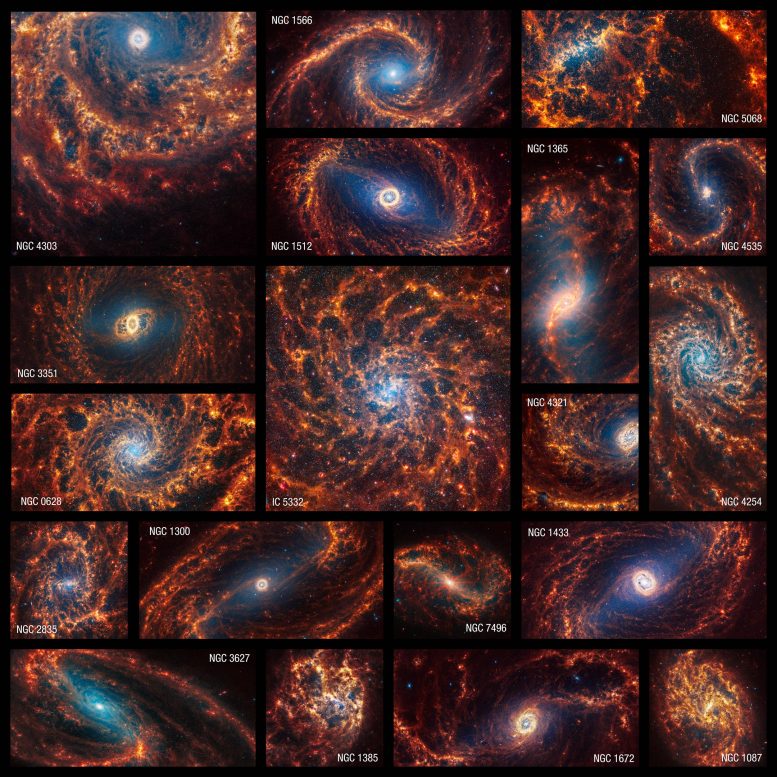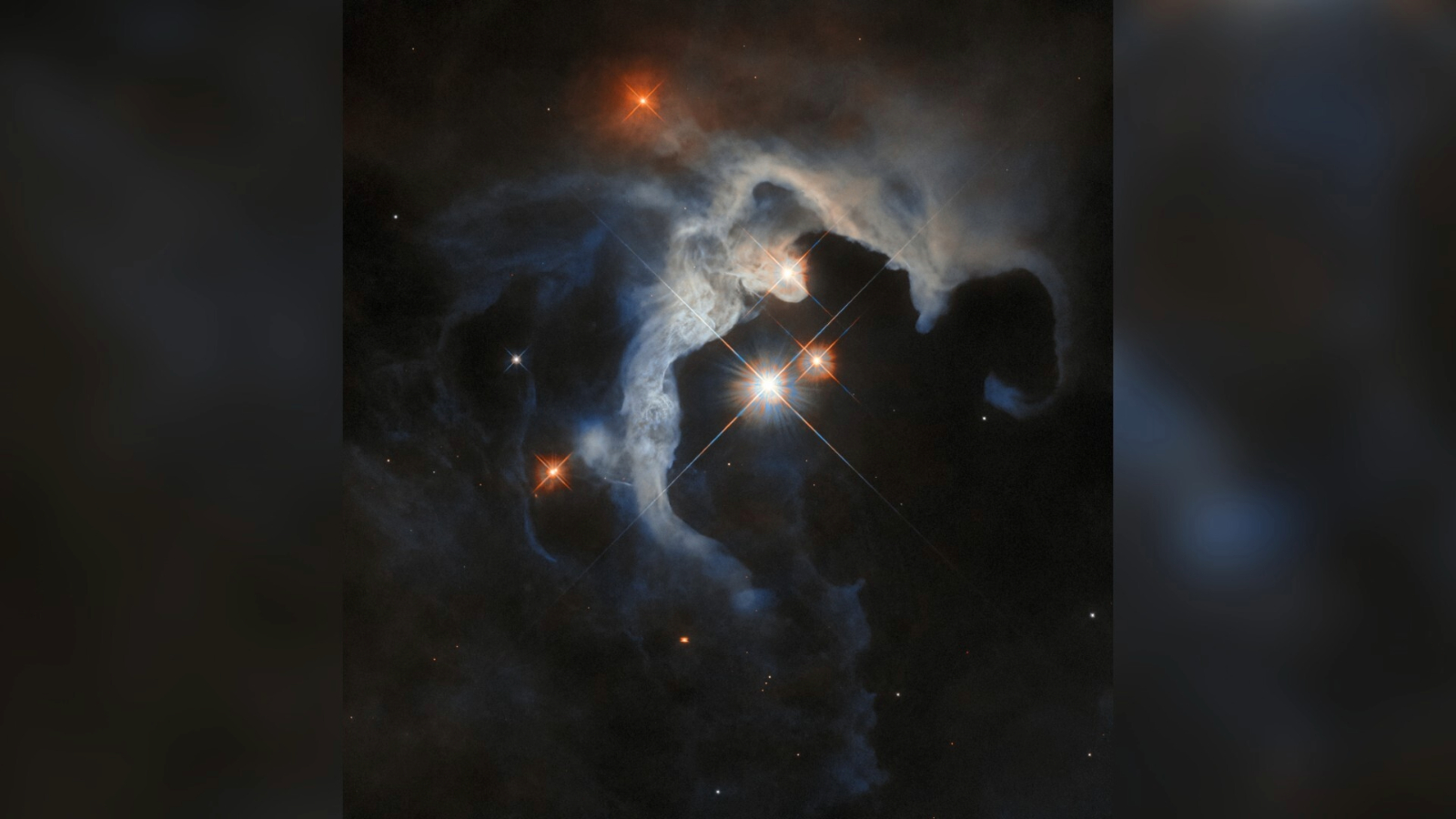The James Webb Space Telescope has unveiled a remarkable collection of 19 face-on spiral galaxies in near- and mid-infrared light, providing an extraordinary visual experience. Janice Lee, a scientist at the Space Telescope Science Institute, explained that these images are mind-blowing, even for researchers who have studied these galaxies for many years.
These images represent a significant advancement in our understanding of star formation and the evolution of spiral galaxies, presenting detailed visuals of stars, gas, and dust on a scale never before observed. The data from these images will be used by researchers to deepen our understanding of these intricate structures.
The exceptional level of detail in the images has led to excitement among the research team, with Thomas Williams from the University of Oxford expressing how overwhelming the amount of detail is. The Near-Infrared Camera (NIRCam) captured millions of stars, some spread throughout the spiral arms and others clumped together in star clusters. The Mid-Infrared Instrument (MIRI) data highlights glowing dust and stars that are still forming within the gas and dust.
The images have also revealed large, spherical shells in the gas and dust, which may have been created by exploding stars. They also show extended regions of gas that appear red and orange, providing insights into how galaxies distribute their gas and dust. The images also shed light on the star formation cycle and the distribution of gas and dust within the galaxies.
The observation of galaxy cores reveals that star formation generally begins at the core and spreads along the spiral arms, with younger stars being more prevalent farther from the core. Additionally, the images indicate the presence of active supermassive black holes in galaxy cores.
The release of these images is accompanied by the largest catalog of approximately 100,000 star clusters. The wealth of data within these images has the potential to facilitate a vast array of research, offering the research community the opportunity to make significant contributions to our understanding of spiral galaxies.












